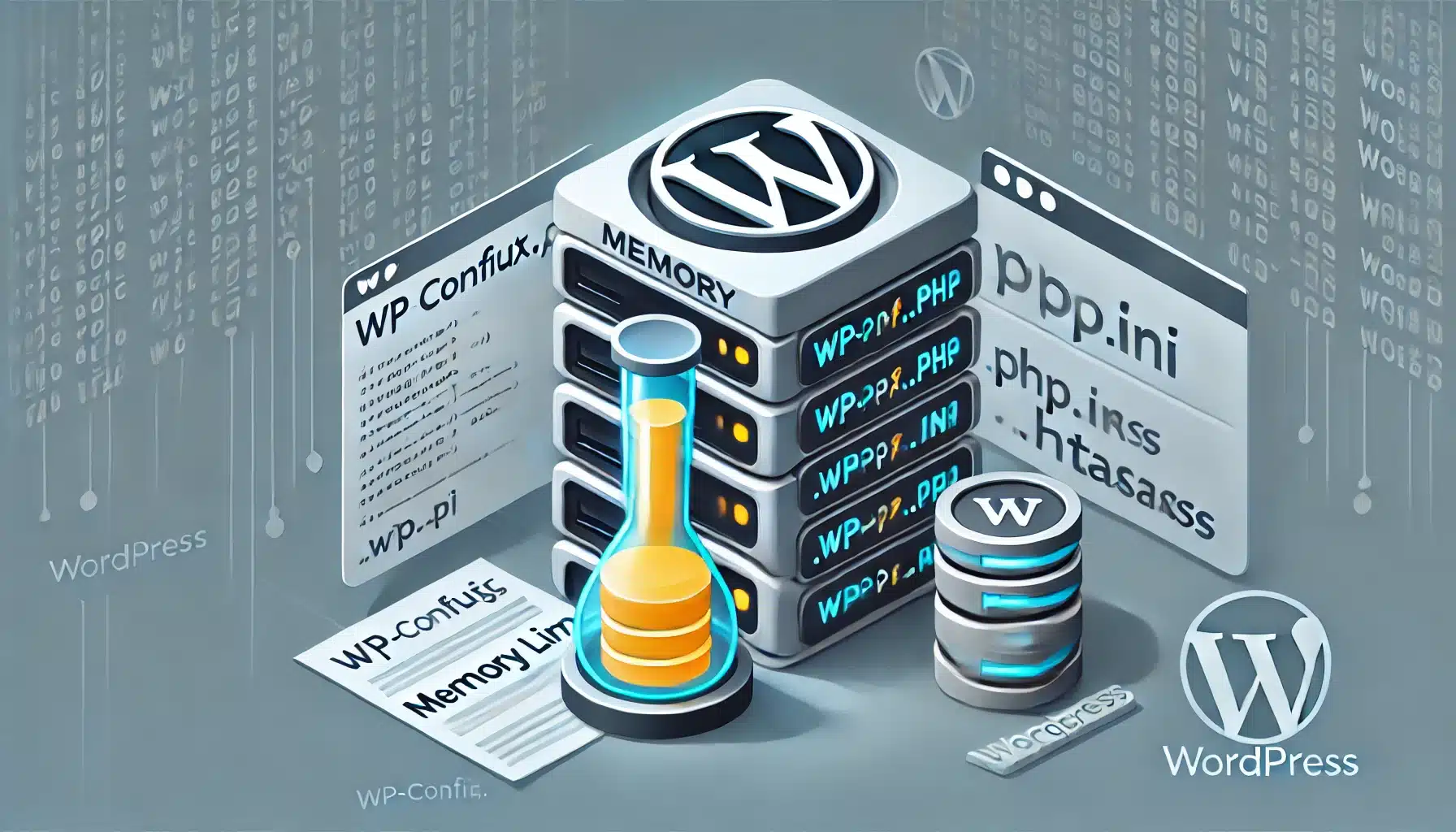Increasing WP_MAX_MEMORY_LIMIT: What It Is, Pros, Cons, and How to Do It
If you’re running a WordPress website, you may have encountered performance issues, especially when dealing with large plugins, themes, or media files. One way to tackle these problems is by increasing the WP_MAX_MEMORY_LIMIT. But what exactly is it, and is boosting it the right solution for your website?
What is WP_MAX_MEMORY_LIMIT?
The WP_MAX_MEMORY_LIMIT is a setting in WordPress that controls the maximum amount of memory PHP scripts are allowed to use while running. Think of it like the fuel tank for your website—if the tank is too small, the engine (your website) can stall or perform poorly.
By default, WordPress allocates 40MB of memory for a single site and 64MB for multisite installations. For websites with more demanding features—like eCommerce, media-heavy themes, or lots of plugins—this default limit may be insufficient, leading to slowdowns or even crashes.
Pros of Increasing WP_MAX_MEMORY_LIMIT
- Improved Performance
Increasing the memory limit allows WordPress to handle more complex tasks without running out of resources, improving the overall performance of your website, especially during peak usage. - Better Plugin and Theme Compatibility
Some plugins, particularly resource-intensive ones like page builders, backup tools, or WooCommerce, need more memory to function properly. Increasing the limit can help prevent these plugins from crashing or misbehaving. - Reduced Risk of Out-of-Memory Errors
If your website frequently hits the memory limit, you might see PHP errors or blank screens. Increasing the limit can prevent these issues, leading to a smoother user experience.
Cons of Increasing WP_MAX_MEMORY_LIMIT
- Potential for Mismanagement
More memory might allow poorly optimized plugins or themes to hog resources, leading to slower performance. Increasing the limit doesn’t fix inefficiencies in your codebase, it just gives more room for them to happen. - Server Resource Limits
Just because you increase WordPress’s memory limit doesn’t mean your server has the capacity to handle it. Shared hosting plans often restrict server resources, so even if you set a higher memory limit, you might still hit those server-level restrictions. - Masking Underlying Issues
Increasing memory can temporarily fix problems but may hide deeper issues like unoptimized plugins, poorly coded themes, or inefficient database queries. These problems need addressing regardless of your memory limit.
How to Increase WP_MAX_MEMORY_LIMIT
Before making changes, always create a backup of your site files and database. Here’s how you can increase the memory limit in WordPress:
Method 1: Editing wp-config.php
- Connect to your website’s files using an FTP client or through your hosting provider’s file manager.
- Locate the
wp-config.phpfile in the root directory of your WordPress installation. - Open the file in a text editor and add the following line before the comment that reads “That’s all, stop editing!”:phpCopy code
define('WP_MAX_MEMORY_LIMIT', '256M');You can change ‘256M’ to any value you deem necessary (e.g., ‘512M’). - Save the file and upload it back to your server.
Method 2: Modifying PHP.ini
If you have access to your server’s php.ini file (some shared hosts do not allow this):
- Open your
php.inifile (usually found in the/etc/or/usr/local/directory). - Look for the line that begins with
memory_limitand change it to:iniCopy codememory_limit = 256M - Save the file and restart your web server for the changes to take effect.
Method 3: Using .htaccess
You can also increase the memory limit via the .htaccess file if your hosting environment supports it:
- Open the
.htaccessfile in the root directory of your WordPress installation. - Add this line to the file:iniCopy code
php_value memory_limit 256M - Save the file and upload it back to your server.
Method 4: Ask Your Host
If none of these methods work, your hosting provider may have locked down memory settings. Contact them and request an increase in the PHP memory limit.
Conclusion
Increasing the WP_MAX_MEMORY_LIMIT can resolve a lot of performance issues in WordPress, but it’s not a one-size-fits-all solution. It’s essential to balance memory allocation with overall server capacity and optimization efforts. If your site continues to struggle even after increasing the memory limit, it may be time to consider a hosting upgrade or further optimize your WordPress installation.
For ongoing performance monitoring and WordPress optimization, consider a managed hosting solution that ensures your website always has the resources it needs to run smoothly.




